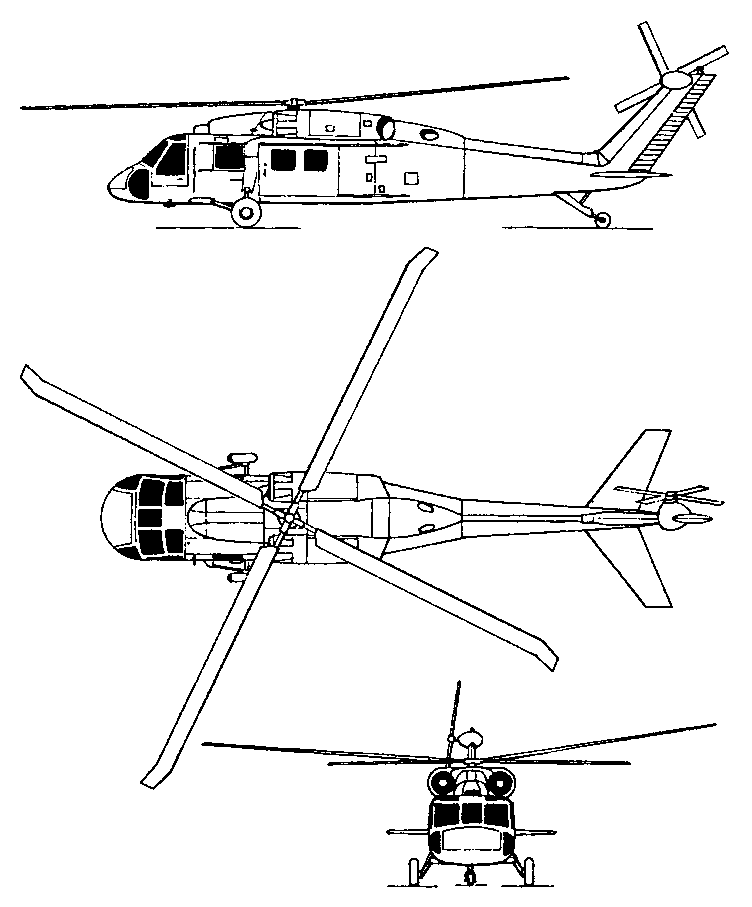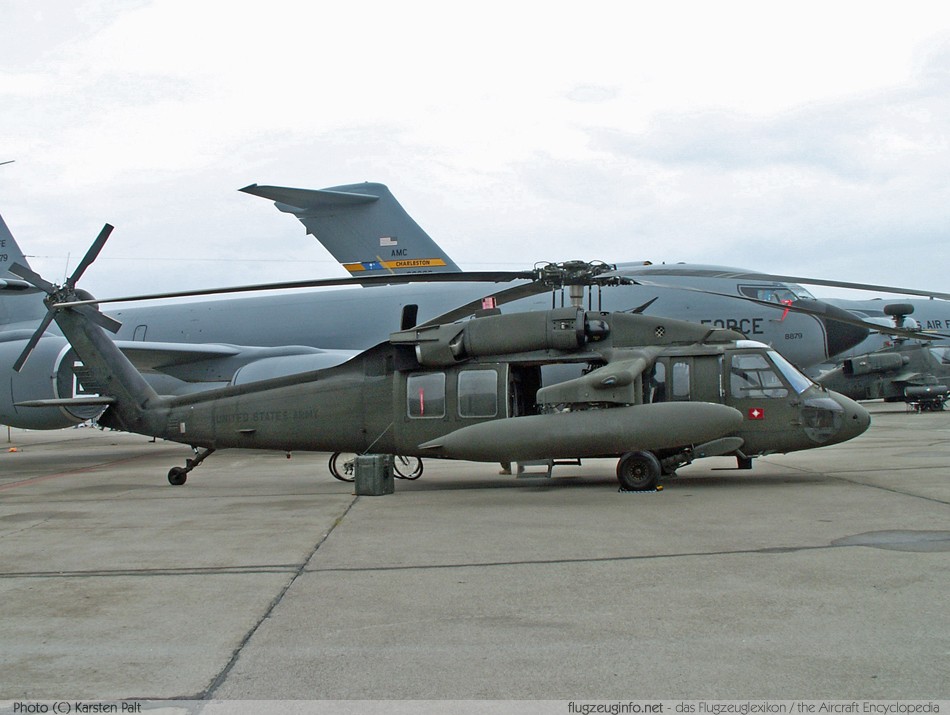How the Sikorsky S 70 Sticks Out in the Helicopter Industry
How the Sikorsky S 70 Sticks Out in the Helicopter Industry
Blog Article
Rotary-Wing Airplane Offering Superior Resilience and Accuracy Engineering
In the world of aeronautics, rotary-wing airplane have long been acknowledged for their distinct capabilities in various functional settings. As we check out the complex balance in between development and reliability in rotary-wing airplane, it becomes noticeable that the merging of innovative technology and proven style concepts has actually established a new criterion for performance and effectiveness in the aerospace sector.
Evolution of Rotary-Wing Modern Technology
Throughout the background of aeronautics, the development of rotary-wing technology has been a testament to constant innovation and innovation in aeronautical design. From the very early days of vertical trip with basic designs to the advanced helicopters and other rotary-wing airplane of today, the progress in this area has been impressive.
In the very early 1900s, pioneers like Igor Sikorsky and Juan de la Cierva made considerable strides in rotary-wing modern technology. Sikorsky's VS-300 helicopter, very first flown in 1939, marked a turning point in the development of useful rotary-wing airplane. This success paved the way for further improvements in upright flight abilities.

Today, rotary-wing airplane play crucial functions in different fields, consisting of armed forces procedures, emergency situation clinical services, police, and business transportation. The development of rotary-wing innovation remains to push the boundaries of what is feasible in vertical flight, making certain that these aircraft continue to be important possessions in the air travel market.
Products and Building And Construction Innovations
Demonstrating a combination of sophisticated products and accurate construction techniques, rotary-wing airplane have actually undertaken significant improvements in resilience and performance. One of the essential advancements in materials used for rotary-wing airplane is the boosting use of composite products. These materials, such as carbon fiber enhanced polymers, use a high strength-to-weight proportion, enhancing both the architectural stability and overall performance of the aircraft. Additionally, innovations in manufacturing procedures have enabled more detailed and specific construction of rotary-wing parts, contributing to enhanced the rules of aerodynamics and efficiency.
Furthermore, the combination of advanced layers and surface treatments has played an important role in enhancing the longevity of rotary-wing aircraft. These layers offer defense versus rust, abrasion, and severe weather, extending the life expectancy of the airplane and decreasing maintenance requirements.
In regards to building advancements, additive manufacturing, also referred to as 3D printing, has transformed the manufacturing of complex components for rotary-wing aircraft. This technology permits quick prototyping and modification, resulting in much faster advancement cycles and minimized expenses. On the whole, the continual evolution of products and building and construction methods is driving the capacities and efficiency of rotary-wing aircraft to new heights.
Accuracy Flight Control Systems

The assimilation of GPS modern technology better boosts the precision and dependability of these systems, permitting exact navigation, waypoint monitoring, and automated flight control. sikorsky s 70. This degree of precision not only enhances the safety and security of rotary-wing operations yet also improves overall functional performance and goal performance
In addition, the continuous improvements in expert system find out here and artificial intelligence have actually promoted the advancement of autonomous flight abilities within Accuracy Flight Control Equipment. This enables rotary-wing aircraft to execute complex missions with exceptional precision and consistency, making them important assets in a vast array of applications, consisting of armed forces procedures, search and rescue missions, and aerial photography.
Sturdiness in Testing Settings
In requiring operational settings, rotary-wing aircraft demonstrate remarkable durability and robustness, ensuring optimum efficiency under challenging ecological conditions. These airplanes are created to hold up against a vast array of environmental variables, including extreme temperature levels, high winds, and harsh surface, making them fit for numerous goals in diverse landscapes.
One vital aspect adding to the durability of rotary-wing aircraft is their tough construction. These aircraft are developed utilizing premium products and advanced engineering methods to improve their structural stability and dependability. In addition, elements such as rotor blades, engine systems, and touchdown gear are carefully created to stand up to the strains and tensions come across during procedures in challenging atmospheres.
In addition, rotary-wing airplane are outfitted with innovative onboard systems that keep an eye on efficiency metrics in real-time, permitting for positive upkeep and very early detection of prospective concerns - sikorsky s 70. This positive approach assists avoid unforeseen failings and ensures the ongoing airworthiness of the airplane in requiring functional settings. On the whole, the resilience of rotary-wing airplane in challenging settings is a testimony to their remarkable engineering and style, making them vital properties for different mission-critical procedures
Upkeep and Reliability Standards
The adherence to rigid upkeep and dependability standards is extremely important in making sure the optimum performance and security of rotary-wing aircraft. Regular upkeep checks, performed by certified professionals, are essential to determine and address any kind of possible issues prior to they jeopardize the airplane's functionality. These checks encompass an extensive examination of all critical parts, including the engine, blades system, avionics, and hydraulic systems, to ensure that they are in prime functioning problem.
Additionally, adherence to set up maintenance intervals according to supplier guidelines is important for maintaining the airplane's integrity. This positive strategy aids prevent unexpected malfunctions and makes sure that the airplane remains airworthy for click for more info its intended goals. In addition, the implementation of durable dependability standards, such as regular component screening and substitute based on fixed lifecycles, further improves the airplane's stability.
Conclusion

Finally, the advancements in rotary-wing airplane modern technology have caused exceptional resilience and precision engineering. With cutting-edge products and construction strategies, along with accuracy flight control systems, these aircraft can run in difficult environments with boosted dependability. The upkeep and dependability criteria guarantee that these rotary-wing aircraft remain to do at their ideal, making them vital properties for various markets.
Showing a combination of advanced products and exact building methods, rotary-wing aircraft have actually undergone significant developments in durability and efficiency. One of the vital innovations in products utilized for rotary-wing airplane is the enhancing use of composite materials.With precise interest to detail and advanced technological integration, rotary-wing aircraft have actually embraced Precision Flight Control Solution as a foundation of their operational excellence. Generally, the resilience of rotary-wing airplane in tough atmospheres is a testament to their remarkable engineering and design, making them indispensable possessions for numerous mission-critical procedures.
In verdict, the improvements in rotary-wing airplane innovation have led to exceptional longevity and accuracy engineering.
Report this page